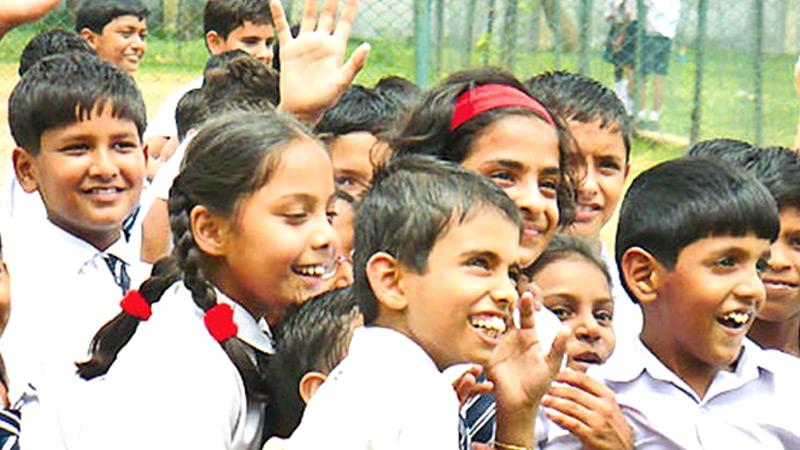
Sri Lanka celebrates Children’s Day annually on October 1. Celebration of this day raises public awareness about rights of children.
The UN General Assembly adopted the Convention on the Rights of the Child on November 20, 1989 and it entered into force on September 2, 1990. Sri Lanka, as well as other member states signed the Convention, that laid foundation for creation of Children’s Day in this country. Children are the key to prosperity and better future of the nation and the country. Taking care of children helps the state to raise its economy to new level.
Many events are organised for celebration of Children’s Day in Sri Lanka. Government and Non-Governmental institutions hold various competitions, entertaining events and games for children, who also receive gifts for participation. Newspapers, radio and television have also an opportunity to pay more attention to children and dedicate more programs and articles to them and their problems. In 2000, the Millennium Development Goals outlined by world leaders to stop the spread of HIV/AIDS by 2015. Albeit this applies to all people, the primary objective is concerning children. UNICEF is dedicated to meeting six of eight goals that apply to the needs of children so that they are all entitled to fundamental rights written in the 1989 international human rights treaty. UNICEF delivers vaccines, works with policymakers for good health care and education and works exclusively to help children and protect their rights.
In September 2012, the Secretary-General Ban Ki-moon of the United Nations led the initiative for the education of children. He firstly wants every child to be able to attend school, a goal by 2015. Secondly, to improve the skill set acquired in these schools. Finally, implementing policies regarding education to promote peace, respect, and environmental concern.
Universal Children’s Day is not just a day to celebrate children for who they are, but to bring awareness to children around the globe that have experienced violence in forms of abuse, exploitation, and discrimination. Children are used as labourers in some countries, immersed in armed conflict, living on the streets, suffering by differences. Children feeling the effects of war can be displaced and may suffer physical and psychological trauma.
The following violations are described in the term “children and armed conflict”: recruitment and child soldiers, killing/maiming of children, abduction of children, attacks on schools/hospitals and not allowing humanitarian access to children. Currently, there are about 153 million children between 5 and 14 who are forced into child labour. The International Labour Organisation in 1999 adopted the Prohibition and Elimination of the Worst Forms of Child Labour including slavery, child prostitution, and child pornography.
Canada co-chaired the World Summit for children in 1990, and in 2002 the United Nations reaffirmed the commitment to complete the agenda of the 1990 World Summit. This added to the UN Secretary-General’s report We the Children: End-of Decade review of the follow-up to the World Summit for Children.
The United Nations children’s agency released a study referencing the population increase of children will make up 90 percent of the next billion people.
